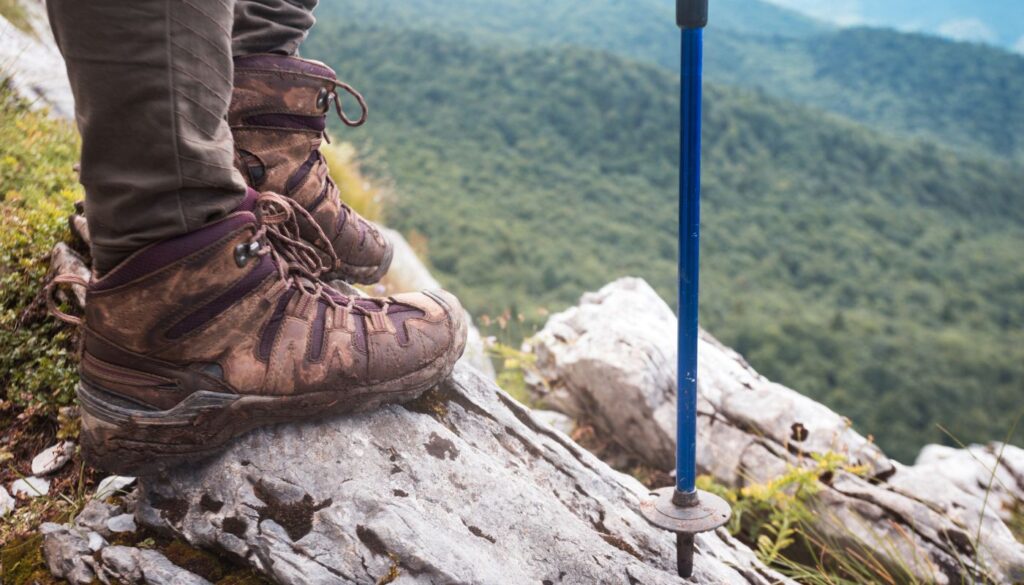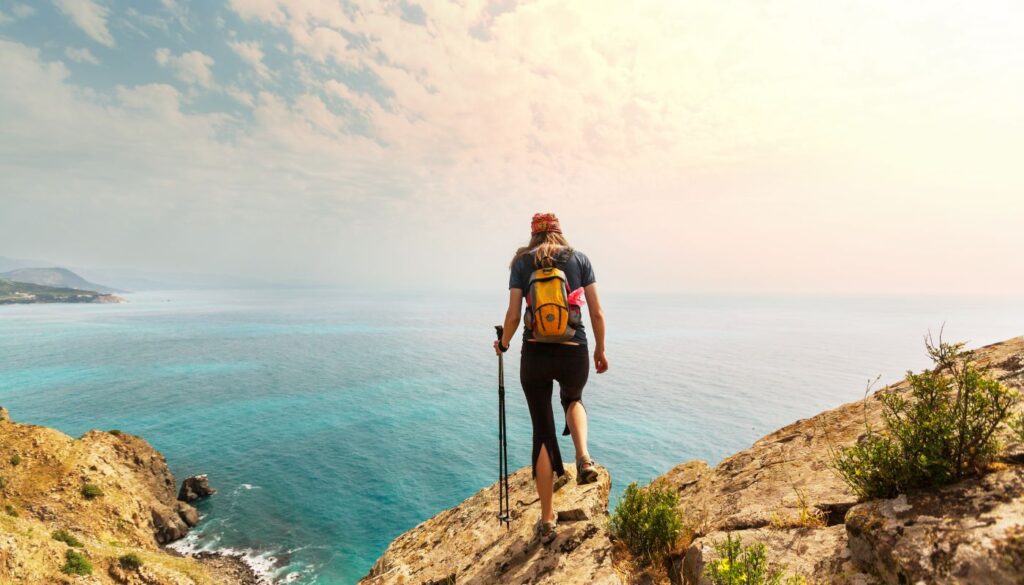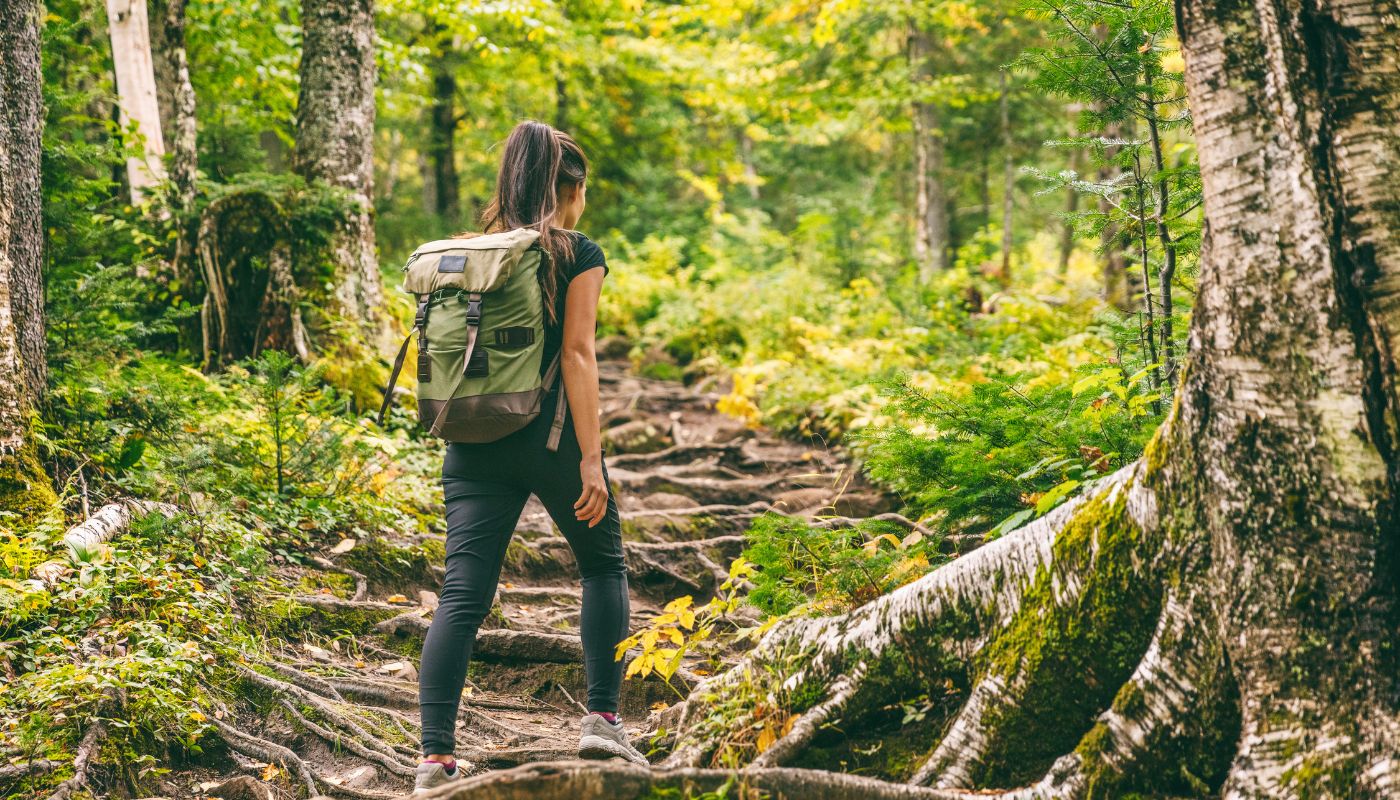Mountain trekking is an adventure that beckons the spirit, challenging both mind and body as one embarks on a journey through nature’s grandeur. This exploration of rugged terrains and breathtaking landscapes offers more than just a physical trek; it’s a quest for personal discovery and connection with the great outdoors. Whether you’re a seasoned hiker or a curious newcomer, understanding what mountain trekking entails can be the first step towards an unforgettable adventure. Join us as we delve into the essence of this exhilarating activity.
Essential Gear for Mountain Trekking
Mountain trekking is an exhilarating experience that connects you with the raw beauty of nature. However, to ensure safety and enjoyment, it’s crucial to be well-equipped. The right gear can make a significant difference in your trekking experience, helping you navigate through challenging terrains with ease and confidence.
Firstly, a durable backpack is indispensable for carrying all your essentials. It should be ergonomic, offering comfort and support, especially for long durations. Equally important are hiking boots. They should provide excellent traction and support your ankles to prevent injuries. Another vital piece of gear is a water purification system. Access to clean drinking water is critical, and a portable water purifier can be a lifesaver on trails where water sources are not guaranteed to be clean.
When it comes to clothing, layers are key. You’ll need moisture-wicking base layers to keep you dry, an insulating layer for warmth, and a waterproof outer layer to protect you from the elements. Don’t forget a high-quality sleeping bag and tent if your trek spans several days. These should be lightweight yet capable of providing comfort and protection in various weather conditions.
| Item | Importance | Recommended Feature |
|---|---|---|
| Backpack | Essential | Ergonomic with good support |
| Hiking Boots | Crucial | Good traction and ankle support |
| Water Purification | Vital | Portable and effective |
| Clothing Layers | Important | Moisture-wicking, insulating, waterproof |
| Sleeping Bag & Tent | Necessary for multi-day treks | Lightweight, comfortable, weather-resistant |
Remember, the goal of mountain trekking is not just to reach the summit but to enjoy the journey. With the right gear, you can ensure that your trek is not just safe but also immensely rewarding. Always research and invest in quality equipment that suits the specific conditions of your trekking destination.
Exploring the Thrills: What is Mountain Trekking?

Mountain trekking is an adventure that takes you through the rugged terrains of towering mountains, offering a blend of physical challenge and unparalleled natural beauty. Unlike casual hiking, mountain trekking involves longer durations, higher altitudes, and more technical paths. It’s a pursuit that beckons the bold and rewards with breathtaking vistas that are not accessible by any other means. At the heart of mountain trekking is the connection with the natural world, a journey that not only traverses physical landscapes but also explores the inner landscapes of personal endurance and resilience.
The essence of mountain trekking is not just in reaching the summit but in embracing the journey. Each step on the winding paths, from lush valleys to stark, rocky passes, is a testament to the diverse beauty of our planet. The experience is further enriched by the unique cultures and traditions of the local communities residing in these remote areas, offering trekkers a glimpse into ways of life shaped by the mountains. Preparing for a trek requires careful planning, from selecting the right gear to acclimatizing to high altitudes, ensuring safety while maximizing enjoyment of this exhilarating activity.
For those drawn to the call of the peaks, mountain trekking offers an unforgettable adventure. It’s a chance to push personal boundaries, forge deep connections with nature, and discover the profound sense of accomplishment that comes from reaching the summit. Whether you’re a seasoned trekker or a novice looking to step into the world of mountain adventures, the journey promises to be as rewarding as the destination.
- Research and select a trek that matches your fitness level and experience.
- Invest in quality gear, including proper footwear, backpack, and weather-appropriate clothing.
- Acclimatize to high altitudes gradually to avoid altitude sickness.
- Understand the local culture and respect the environment by practicing Leave No Trace principles.
- Prepare physically through regular exercise, focusing on cardiovascular fitness and strength training.
Planning Your Route and Timings
Embarking on a mountain trekking adventure is an exhilarating experience that requires careful planning and preparation. One of the most critical aspects of this preparation is planning your route and timings. This not only ensures a safer journey but also enhances your overall experience by allowing you to manage your energy levels and enjoy the scenery around you.
First and foremost, research is key. Delve into the specifics of the mountain or trail you intend to conquer. Understand the geography, weather patterns, and any potential hazards you might encounter. This knowledge will serve as a foundation for making informed decisions about your route. Consider the distance and the elevation gain of the trek, as these factors will significantly impact your timing. A common mistake among beginners is underestimating the time it takes to complete a trek, so be realistic about your physical capabilities and pace.
Timing is equally important. Start early in the day to maximize daylight hours, keeping in mind that daylight varies significantly depending on the season and location. Factor in extra time for rest breaks, meals, and enjoying the views. Remember, the journey is as important as the destination. Additionally, always have a contingency plan in case you need to adjust your route or timings due to unforeseen circumstances such as bad weather or fatigue.
It’s also crucial to inform someone about your trekking plans, including your route and expected return time. In the event of an emergency, this information could be invaluable. Finally, respect the environment and local regulations. Stick to marked trails to minimize your impact and preserve the beauty of the landscape for future adventurers.
- Research the mountain or trail thoroughly.
- Assess the distance and elevation gain to estimate timings accurately.
- Start early to utilize daylight efficiently.
- Plan for breaks and contingencies.
- Inform someone about your trekking plans.
By meticulously planning your route and timings, you not only ensure a safer trek but also a more enjoyable and rewarding experience. Mountain trekking is not just about reaching the summit; it’s about embracing the journey, challenging yourself, and connecting with nature. With the right preparation, you can embark on this adventure with confidence and a sense of anticipation for the wonders that await.
Safety Measures and Emergency Prep

Mountain trekking offers an exhilarating blend of adventure, natural beauty, and physical challenge. However, the unpredictability of mountain environments necessitates rigorous safety measures and emergency preparation to mitigate risks. Every trekker, regardless of their experience level, should prioritize learning about the terrain, weather conditions, and potential hazards specific to their chosen trek. Adequate preparation includes assembling a well-thought-out emergency kit, understanding basic first aid, and having a clear communication plan.
It’s crucial to have the right gear, which includes, but is not limited to, reliable navigation tools, a sturdy pair of boots, and layers of clothing to adapt to changing weather conditions. Additionally, trekkers should never underestimate the importance of acclimatization to prevent altitude sickness, which can be a significant risk in high-altitude treks. Formulating a detailed itinerary, including possible escape routes and identifying the nearest medical facilities, can significantly enhance safety. In essence, the key to a successful and enjoyable mountain trekking experience lies in meticulous planning and preparedness.
Moreover, joining a trekking group or hiring a knowledgeable guide can provide invaluable support and insight, especially for novice trekkers. Guides not only help in navigating the trails but also offer critical advice on how to deal with unexpected emergencies. Whether it’s sudden weather changes, physical injuries, or navigation issues, having an expert companion can make a significant difference in the outcome of your trek.
Essential Items for Your Trekking Emergency Kit
| Item | Use | Notes |
|---|---|---|
| First Aid Kit | Medical emergencies | Include personal medications |
| Map and Compass | Navigation | GPS as a backup |
| Water Purification Tablets | Safe drinking water | Essential for remote areas |
| Emergency Shelter | Protection against elements | Lightweight tent or bivvy bag |
| Signal Mirror or Whistle | Attracting attention | For use in emergencies |
Acclimatization and Altitude Sickness
Mountain trekking offers an exhilarating experience, but it’s essential to address the challenges associated with high-altitude adventures, notably acclimatization and altitude sickness. Acclimatization refers to the process by which the body adjusts to the decreased oxygen levels at higher elevations, a critical aspect for ensuring a safe and enjoyable trek. Without proper acclimatization, trekkers may experience altitude sickness, a condition that can range from mild symptoms such as headaches and fatigue to severe ailments like pulmonary or cerebral edema.
Understanding the signs of altitude sickness and taking preventative measures are vital for trekkers. Symptoms often include dizziness, nausea, shortness of breath, and difficulty sleeping. To mitigate these risks, it’s advisable to ascend slowly, allowing your body ample time to adapt to the altitude changes. This gradual ascent is the cornerstone of a successful acclimatization strategy. Moreover, staying hydrated and avoiding alcohol can help prevent altitude sickness, alongside eating a balanced diet rich in carbohydrates to maintain energy levels.
Implementing a well-thought-out acclimatization plan is crucial for any high-altitude trek. This includes a pre-trek conditioning regimen to enhance physical fitness and scheduling rest days during the trek to allow the body to adjust. Remember, the key to acclimatization is to ascend slowly and listen to your body, taking immediate action if symptoms of altitude sickness appear.
- Ascend slowly to allow your body time to adjust to the altitude.
- Stay hydrated and avoid alcohol.
- Eat a balanced diet rich in carbohydrates.
- Incorporate rest days into your trekking schedule for optimal acclimatization.
- Be vigilant for signs of altitude sickness and act swiftly if they arise.
Environmental Impact and Leave No Trace
Mountain trekking offers an immersive experience into the natural world, providing trekkers with unparalleled views and challenging physical activity. However, it’s crucial to recognize our responsibility to minimize our environmental impact and adhere to the Leave No Trace principles. These guidelines help ensure that we preserve the beauty and biodiversity of mountainous areas for future generations.
Adhering to Leave No Trace principles involves planning and preparing to avoid areas under restoration or those with fragile ecosystems. Trekkers should travel and camp on durable surfaces, dispose of waste properly, and leave what they find. This not only protects the environment but also enhances the experience for other adventurers. Reducing the use of plastics, staying on marked trails to prevent erosion, and keeping wildlife disturbances to a minimum are key practices that every trekker should follow. The goal is to make one’s passage through the natural world as invisible as possible, ensuring that the majestic landscapes and habitats remain undisturbed and vibrant.
Deeper Insights into Preserving Our Trails and Natural Spaces
Understanding the specific challenges that mountainous regions face is crucial in our efforts to protect them. Factors such as climate change, invasive species, and increased foot traffic can significantly strain these delicate ecosystems. By educating ourselves and others about these issues, we can become advocates for conservation and responsible recreation. It’s not just about following rules; it’s about fostering a deep respect for nature and actively contributing to its preservation.
Contributing to Conservation Efforts
Beyond personal responsibility, there are numerous ways to contribute to conservation efforts. Participating in or donating to trail maintenance and restoration projects, supporting local economies by hiring guides or purchasing from local businesses, and advocating for policies that protect natural spaces are all effective methods to ensure the longevity of our mountainous terrains.
- Planning and preparing for trips to minimize impact
- Traveling and camping on durable surfaces to avoid damaging the land
- Disposing of waste properly to keep ecosystems clean
- Leaving what you find to preserve natural heritage
- Minimizing campfire impacts to prevent forest fires
As we conclude, it’s evident that mountain trekking is not just a physical journey but a moral one as well. By embracing the Leave No Trace principles and actively participating in conservation efforts, trekkers can ensure that these breathtaking landscapes remain untouched and available for the enjoyment of future generations. Let’s all commit to being conscientious guardians of our planet’s natural wonders.
